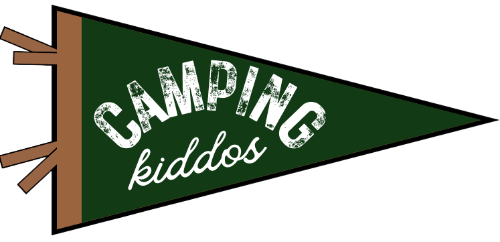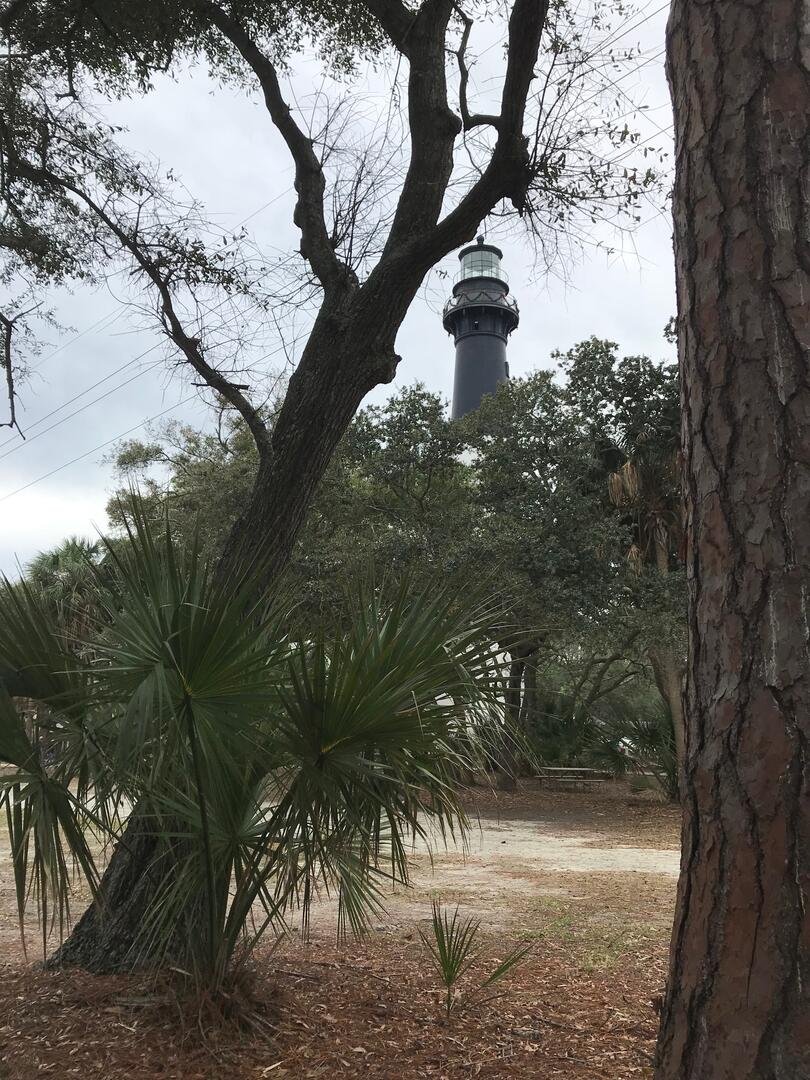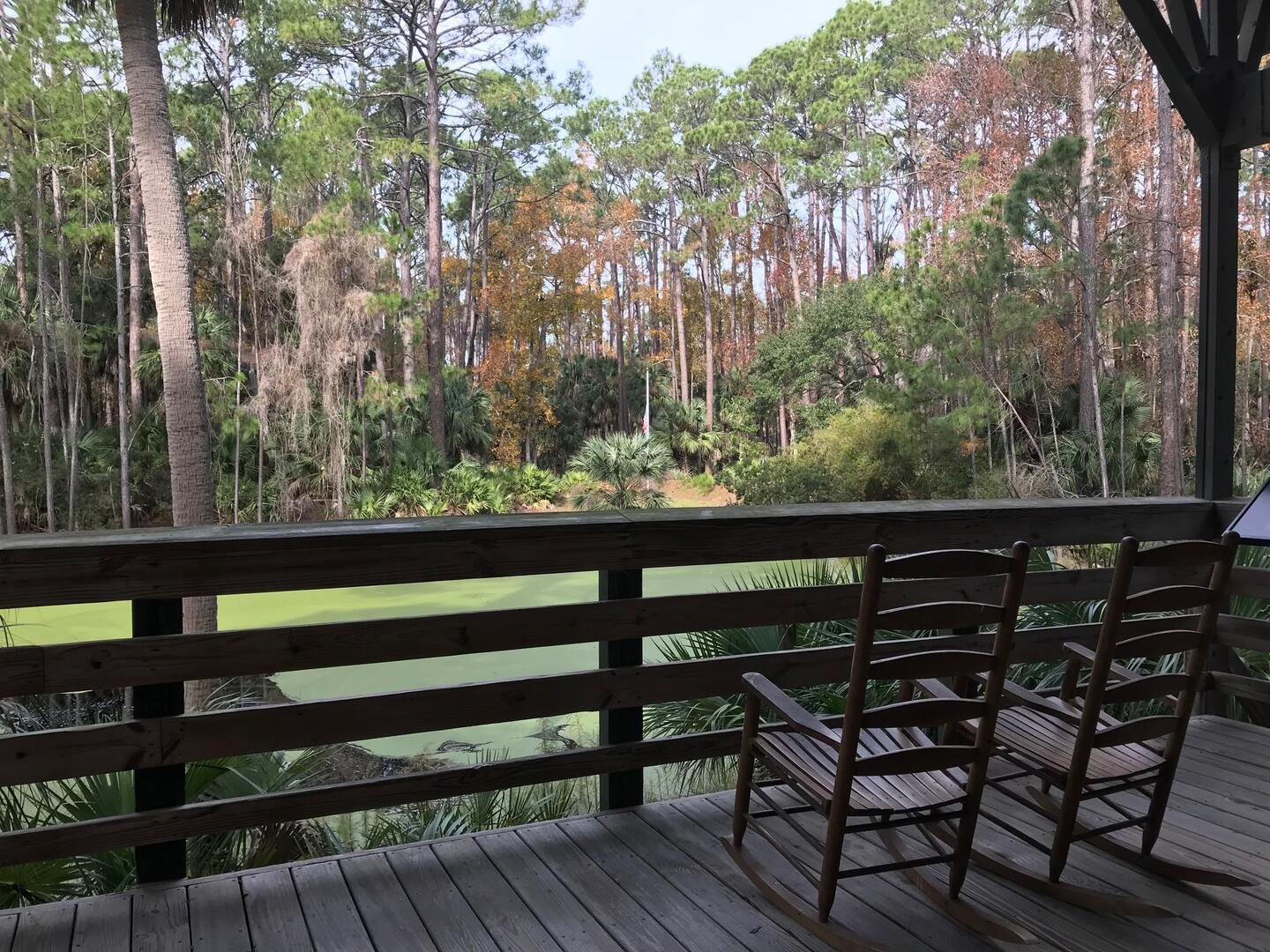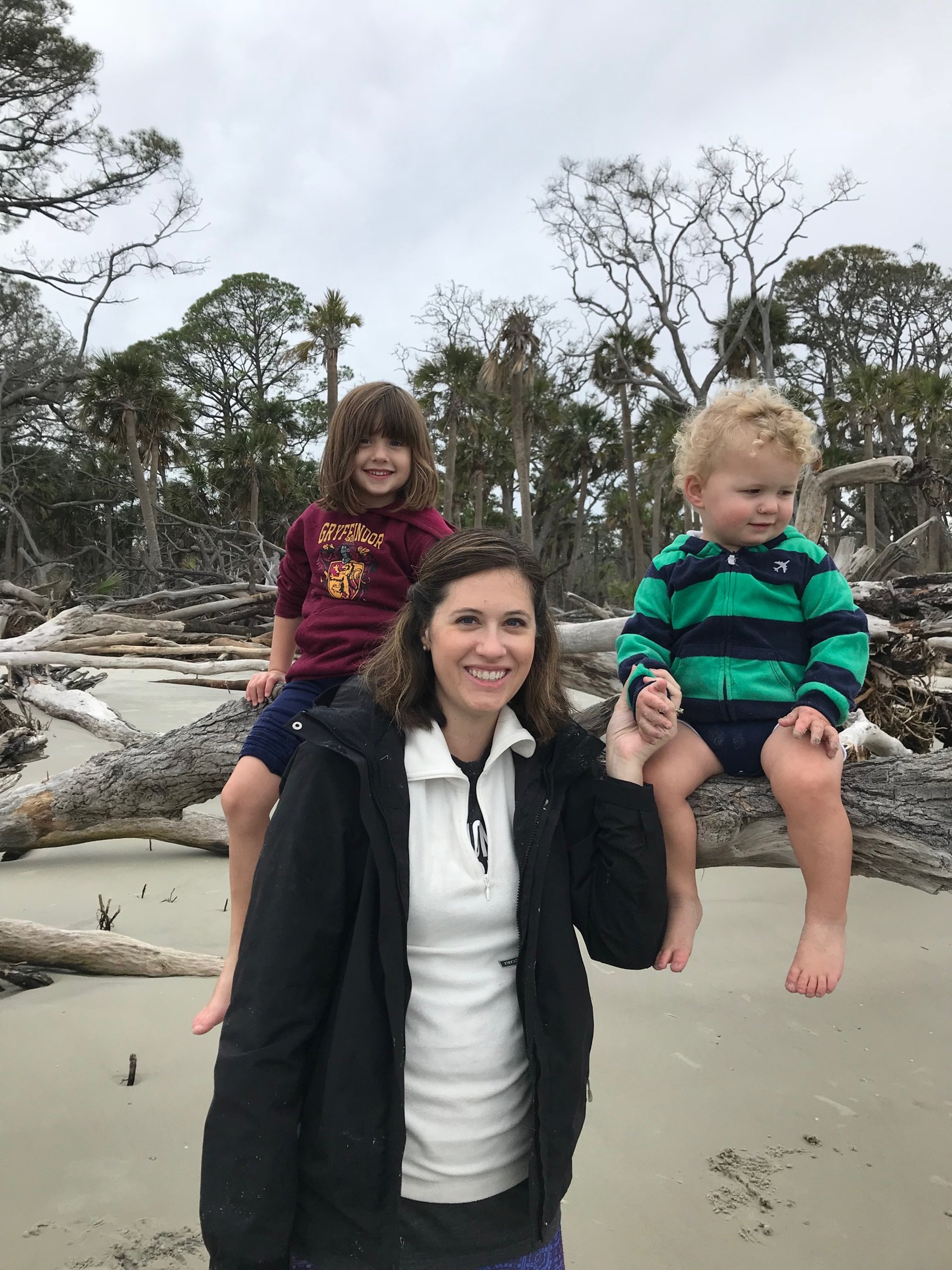Hunting Island State Park: Best Things to Do and See
Explore Hunting Island State Park’s best things to do and see with this comprehensive guide!
One of South Carolina’s most popular state parks, Hunting Island has something for everyone in the family.
There’s a beautiful driftwood beach, a historic lighthouse, shaded campsites, hiking trails, and more.
My family has been here multiple times as it is an easy trip from our hometown of Charleston, and it makes a great base from which to explore Hilton Head, Beaufort, and Savannah.
Below, you’ll find recommended activities and must see sites for your Hunting Island State Park visit.
As with all of my posts, I’ve included activities that everyone in the family can enjoy!
The Camping Kiddos on the beautiful driftwood beach at Hunting Island State Park.
This post contains affiliate links. If you purchase through the links below, I will receive a commission at no charge to you.
A special thanks to Certified State Naturalist John O’Connell for fact checking this article! Learn even more from him by stopping by the Hunting Island State Park Visitors Center.
Where is Hunting Island State Park?
The Hunting Island Lighthouse pokes through the trees.
Situated south of Beaufort, Hunting Island State Park in coastal South Carolina combines the rich history of the one of the state’s remaining lighthouses with a uniquely gorgeous beachfront location.
The park is within easy driving distance of downtown Beaufort, Lady’s Island and St. Helena Island for last minute snacks or fishing supplies, yet the tranquility that awaits once you’re in the park invites you to linger and explore.
From Beaufort, South Carolina, you’ll head south, roughly paralleling the shoreline for the Atlantic coast.
You’ll pass through several small towns and communities before turning onto the entrance road.
Hunting Island State Park isn’t particularly easy to get to, but that’s part of the charm.
>> Get more ideas for the best Hilton Head day trips here! <<
Best Things to Do at Hunting Island State Park
Stop by the Visitors Center
Stop by the Hunting Island State Park Visitors Center to grab hiking maps and a park brochure, then browse the informative displays that share a comprehensive history of this Lowcountry landmark.
Rocking chairs overlook the pond in front of the Visitors Center
My kids loved looking at the photos, maps, and interpretive materials in this mini-museum, which is free with your park admission fee.
You can begin your journey through the flora and fauna of the island just outside the doors of the visitors center, as the manmade pond covered in duckweed serves as a valuable resource to fish, ducks and alligators.
This is also a great place to connect with the park rangers, get suggestions for hiking, pick up your Junior Ranger booklets, and otherwise, get a good grasp of the park.
Have your camera at the ready as you'll want plenty of pictures of Hunting Island State Park.
Every inch is Instagram-worthy!
Hiking in the Park
The boardwalk that leads to the Hunting Island Visitors Center
Guests can meet at one of the trailheads near the entrance of the visitors center to explore the park by foot on over 8 miles of trails throughout the park.
If you’d like to hike with your family while here, we have a couple of recommendations.
The Diamondback Rattlesnake Trail runs 2.3 miles near Highway 21 and connects with the Hunting Island State Park Nature Center at the southern tip of the island.
The Maritime Forest Trail guides hikers deeper into the forest for a two mile trek.
The Marsh Boardwalk is also a great way to introduce your kids to the unique ecosystem of the Lowcountry marsh.
On both trails, you may be treated to glimpses of longleaf pine trees, cabbage palms and towering live oak trees.
Are these trails good for kids?
These trails are also really kid friendly. Both are flat and well maintained.
If you’re looking for an easy place to start hiking with your toddler, Hunting Island State Park is a great option since the trails are easy, bathrooms are nearby, and there are plenty of places to stop and rest along the way.
While sections of these trails have boardwalks, most of it is hard packed dirt or gravel, so you’ll want to avoid bringing a stroller here.
If you'd like to preplan your hiking experience, check out the Hunting Island trail map here.
Wildlife on Hunting Island State Park Hikes
PIN ME!
Remember that there are many incredible species in South Carolina, but you’ll want to use extra caution around a few of them.
Whenever you or your kids are near the edge of a pond, keep a careful eye out for alligators.
Sometimes, they are very difficult to spot when they’re in the water-you’ll only be able to see their eyes!
During the warmer months, you’ll also want to watch out for snakes. South Carolina has many different species, most which want to get away from you just as badly as you want to get away from them.
The three snakes you’ll want to be on alert for are copperheads, water moccasins, and rattlesnakes. Hunting Island State Park has two different kinds of rattlesnakes: the Diamondback rattler and the pygmy rattlesnake.
It’s unlikely that you’ll come across one—we’ve never seen one on any of our hikes, but they do show up in our yard from time to time.
Still, you should be able to identify them in case you stumble upon one.
You might see other (less intense) wildlife, too. White tailed deer love to graze in the maritime forests here, and they can walk nearly silently. Look for the flick of their white tails among the greenery.
You could also see owls, herons, hawks, and grey squirrels.
The Hunting Island Lighthouse
At the very heart of Hunting Island State Park is the stately black-and-white lighthouse that also serves as the park’s main icon.
The lighthouse that visitors see today is actually the island’s second lighthouse, as the first was destroyed by Confederate troops during the Civil War so that the Union troops couldn’t use it.
The lighthouse at Hunting Island State Park
Hunting Island Lighthouse History
The rebuilt lighthouse was originally located about a mile and a half north of where it now stands, but the difficult decision was made to move it 14 years after it was built in order to save it from rapid erosion.
The builders, thankfully, had the foresight to realize that a beach environment is always shifting, and they constructed the lighthouse in Beaufort SC from a series of interlocking and removable sections that could be dismantled.
Over the last 140 years, the lighthouse has weathered hurricanes without any major damage, thanks to the lighthouse keepers who protected this historic space with their lives—often literally.
One keeper was so intent on making certain the massive lens burned bright during the 1913 hurricane that he was temporarily blinded. Another keeper fell nearly 15 feet while doing maintenance work and suffered serious injury, but insisted on working for another 3 months before he became too ill to continue.
While it’s easy to dismiss that type of devotion, once you’re gazing up at the Hunting Island Lighthouse and the surrounding beaches, it’s easy to fall under the spell of the place.
Comparing the South Carolina lighthouses
How to visit the lighthouse
There’s plenty to explore in and around the lighthouse.
It’s the only lighthouse in South Carolina that is currently open to the public, and a restoration project was completed in 2002 to ensure access for future generations.
Looking up into the lighthouse from the ground floor landing
The outbuildings next to the lighthouse help tell the story of the adventurous families who lived and worked on the island and how they kept the light burning for decades.
NOTE: As of March 2022, the lighthouse tours focus solely on the exterior of the Hunting Island Lighthouse as there are safety concerns with regular tours moving through the historic structure.
Initial surveys are being done to determine what must be done to re-open, and there is no scheduled reopening date for the lighthouse interior tours. As of right now, the tours are halted indefinitely, which is really sad, as this was one of the highlights of the park!
In the meantime, you can chat with one of the docents onsite who are there to help interpret the site for you.
You can also work your way around the many displays and exhibits in the lighthouse courtyard, which give kids a hands-on way to see what it was like to live as a lighthouse keeper here.
The Camping Kiddos exploring some of the displays in the lighthouse yard.
With the permission of a docent, I was allowed to peek inside the lighthouse and take a few photos! (Ask as well, if you’d like, but your mileage may vary.)
Hunting Island State Park Beach
One of the many pieces of driftwood on Hunting Island State Park beach
A trip to Hunting Island wouldn’t be complete without a walk on the beach. With four miles of shoreline, there’s plenty to see!
Having a blast playing in the sand
The driftwood beach is a hauntingly beautiful reminder of the ever-changing shore and provides protected homes to many birds, fish and crabs.
During the summer months, visitors should be careful not to disturb the nests that loggerhead sea turtles build here beginning in mid-May.
While the driftwood (often entire trees!) prevents the beach from looking like a typical beach, there's still plenty of room to sunbathe, picnic, or swim in the area.
My kids love climbing onto, over, and under the fallen trees on the sand. Look in the little tide pools at the base of the trees—you might see little fish or crabs there!
The beach area is right next to the lighthouse at this Beaufort SC state park, so visitors can park once and use their vehicle as a home base between the two.
There are bathrooms, outdoor showers, and abundant picnic tables towards the parking lots.
If you’re prefer a beach with less driftwood, you’ll find two areas in Hunting Island for sunbathing, splashing around, and making sandcastles. The North and South Beach areas are popular locations in the park for long, lazy days in the Lowcountry sun.
The Habitat Heroes Program
This program provides a unique patch for any visitor who attends 3 or more ranger programs at the park.
The programs are free with your park admission and cover a wide range of topics from nature painting to talks on a specific animal species in the park.
Ask at the front desk of the visitors center for a list of ranger programs available during your stay.
Once the minimum number of events has been met, visitors can purchase the patch for $2 at the Nature Center.
It's a great way to learn about the park and ways to support the habitats of local animals.
Junior Ranger Program
Get your kids learning while they have fun!
Ask at the visitors center for a copy of the Hunting Island State Park Junior Rangers booklet, which is an engaging way for your kids to explore the park and its history, biology, and more.
We love doing this programs whenever we’re at a park that has them. Many state parks have them, as do all of the locations in the National Parks Service!
Geocaching
Geocachers are welcomed in the park, and all currently known geocaches are catalogued on geocaching.com.
When looking for the geocaches, be aware of the local flora and fauna.
Coastal South Carolina has a couple of venomous snakes that like to hide in shady places. The copperhead in particular blends into fallen leaves and pine straw SO easily.
Just check the area well before picking up the geocache.
Fishing
You can fish on the beach, in the lagoon near the Visitors Center, and in Johnson Creek.
There's also a 950' fishing pier in Fripp Inlet.
Visitors can bring their own bait and gear, or they can purchase in the campground store.
If you’d rather not haul your own equipment into the park, the Nature Center has a loaner program for guests each day from 9 AM to 4 PM.
This fantastic and free program is sponsored by SC DNR, who also offers the program in 40 other parks and centers around the state.
Have a picnic.
Beachfront picnic area at Hunting Island
There are some wonderful spots around the park to have a picnic for day visitors.
Time for a picnic with the Camping Kiddos!
If you’d like to eat oceanside, head towards the stretch of palmetto trees near the lighthouse.
You’ll find several metal and wooden picnic benches there with a beautiful beach view.
If the breeze coming off the ocean is too much, or if you’d rather have a more secluded spot, you can find other picnic tables behind the lighthouse near the gravel parking area.
You’ll need to bring your own groceries as there isn’t much on offer anywhere in the park other than the campground store which has limited—and pricey—options.
Instead, pick up your sandwiches and picnic fixings back in Beaufort, or get a to-go plate of delicious soul food at Gullah Grub in Frogmore (on Sea Island Parkway from Beaufort to Hunting Island State Park).
Pressed Penny Challenge
Join the park’s pressed penny challenge!
There are 4 stations throughout the park for visitors to make and take a unique souvenir.
If your kids are anything like mine, they LOVE collecting little souvenirs like these.
To my knowledge, this is the only state park that offers this type of challenge, which makes these little treasures all the more special.
If your family is really into penny collection, I’d recommend getting this inexpensive little pressed penny book to keep all of the souvenirs together.
Wildlife Tours
Explore even deeper into the Carolina Lowcountry with a ferry tour to St. Phillips Island.
This boat tour takes visitors to an uninhabited barrier island for shelling, picnicking, bird watching, and more. There is an additional fee for this tour, and it is run by Coastal Expeditions.
Coastal Expeditions comes highly recommended (we did our Bulls Island tour with them!).
See some local wildlife--including dolphins--up close on a boat tour of the Story River.
This tour also has an additional fee, and it is also run by Coastal Expeditions.
A couple of plovers looking for dinner in the driftwood
Campground
We LOVE the South Carolina state park system for camping in our tents and campers, and Hunting Island State Park has one of the most sought after campgrounds in the entire state.
In fact, we put it on our list of the 7 best South Carolina State Parks for camping!
It's also one of the most expensive, but the beach is right there.
Plan ahead--WAY ahead--for reservations.
We’ve managed to snag an RV spot for a summer campout when we were planning in February, and it was a surprise that we managed to get one even looking that far out.
Weekends, summers, and holidays are in particularly high demand, so prepare to book at least 11 months out when the new reservations open up.
The campground has an excellent playground for the kids.
There’s also a camp store that has everything from locally boiled peanuts to fishing gear. You can also pick up some floats and toys for the beach or a park-themed t-shirt.
RV Camping at Hunting Island State Park
There are 102 camping sites with water and electric hookups at Hunting Island State Park. These sites offer both 20/30 amp and 50 amp hook-ups.
Be careful when selecting your campsite and read the details. Some of the sites are small with a maximum camper length of 28 feet. The rest are good for campers up to 40 feet.
This campground has a separate entrance from the rest of the park. The campground is slightly north of the park entrance on Highway 21.
Golf carts are welcome, but come with a $5 per day charge.
There aren’t any beachfront RV sites, but you will have beach access from the campground.
Keep in mind that you’re inside a coastal forest, which means that there are bugs (sometimes a lot of them).
The mosquitos and biting midges are particularly bad in the summer months, so a citronella candle, Thermocell, or Clam Quick-Set Tent would make your camping experience more comfortable from May to October.
The raccoons here are very friendly to the point of coming and sitting with you by your fire.
Over the years, campers have fed the raccoons to the point that they have little fear of humans.
While raccoons are adorable, they are still wildlife and can carry rabies.
Keep your food secure and don’t feed them, and they’ll leave your campsite alone.
Tent Camping at Hunting Island State Park
If you’d rather have a more rustic camping experience, you can book one of the 25 tent sites available.
(Both the tent sites and RV sites need to be reserved ahead of time.)
While the tent sites don’t have water or electric, they do have oceanfront views!
You’ll need to hike into these tent sites, but it isn’t far (about 150 feet or so).
Since these sites are oceanfront, the breeze keeps away more bugs. It still wouldn’t hurt to bring some bug spray or citronella candle.
Whether your family is visiting to enjoy beachside camping, fishing, or hiking, Hunting Island State Park in South Carolina showcases the natural beauty of the Lowcountry with activities for everyone.
Put on your walking shoes, pack that picnic and start planning your trip now.
If you’re interested in visiting other South Carolina state parks, we have several favorites, including
Oconee State Park, which is excellent for camping and a great base for exploring Upstate hiking trails like the Yellow Branch Falls Trail or the Riley Moore Falls trail, and
Hampton Plantation State Historic Site, which is one of the hidden gems in the Charleston area. It’s the former home of South Carolina’s first poet laureate with a fascinating house tour.
Don’t forget to stamp your SC State Parks passport to become the Ultimate Outsider. You’ll get a free t-shirt when you visit all of them! (We’re currently working on this!)
Hunting Island State Park in South Carolina Quick Facts:
The author and her kids on the beach
Phone: (843) 838-7437
Address: 2555 Sea Island Parkway Hunting Island, SC 29920
Admission: $8/adults, $5/SC seniors, $4 children (6-14 years old), free for 5 and under
Number of yearly visitors: 1.2 million (!)
Claim to fame: Most visited park in the South Carolina state parks system
Area covered: 5,000 acres
Established: 1938 (not opened to the public until 1941)
Explore more of the South Carolina shore with a visit to Daufuskie Island! Check out our complete guide to visiting Daufuskie Island with kids here.
















